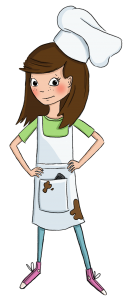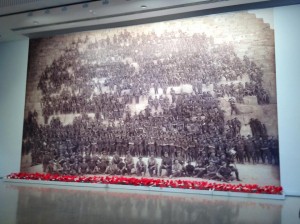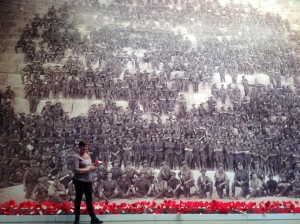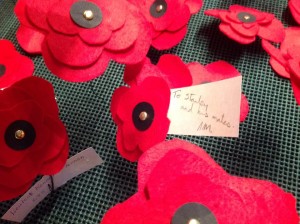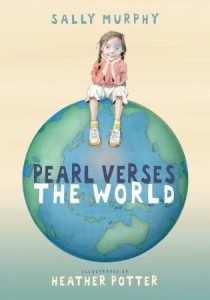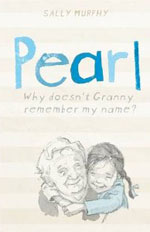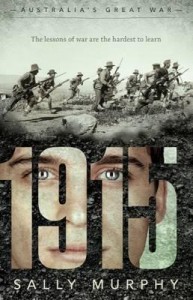Hello from Adelaide!
I am really fortunate to be here as the guest of the May Gibbs Children’s Literature Trust, on a Creative Time Fellowship. These fellowships are amazing: each recipient is given the gift of time and space to write, or illustrate, for a whole month.
And what a gift that is. Like so many other creators, I have a day job which keeps me busy, and has kept me especially busy over the Covid years. So the gift of a month out of the daily routine, with accommodation and a change of location so that I don’t slip into usual routines, is amazing. Couple that with the loveliest support from the volunteers at the trust, to ensure I have everything I need, and I could well be in heaven.
While I am here, my goal is to complete drafts of two books – a verse novel and a historical. Both are projects I have planned for some time, and I am really excited to have time to get them down.
The verse novel actually started out as a picture book manuscript, which I just could not get right and so kept putting aside. But, no matter how much I neglected it, for several years the main character Herbert has been whispering to me that I needed to write his story. And, eventually, I realised that Herbert, and the other characters, were going to need more space than a picture book provided, to each tell their stories. They needed a verse novel.
So when I sat down here in Adelaide I had a plan for this story, and was ready to start writing. But something very unexpected happened. Herbert, it seemed, was not going to behave himself. While the other characters were very aware that verse novels are usually written in free verse, Herbert seemed to have other ideas. In fact, he seems to have a poetic mind all of his own!
So, it seems, I am writing a verse novel where the main character just breaks out into rhyme like a Winnie the Pooh sidekick (I half expect a tiddly-pom to appear at any moment). But, oddly, it seems to be working, so far, and I am just going with the flow. And, while I don’t generally share drafts of my work in progress here on my blog, it seemed a good exercise to write to Herbert and tell him what I think about his penchant for rhyme.
Dear Herbert
You’ve been whispering to me for years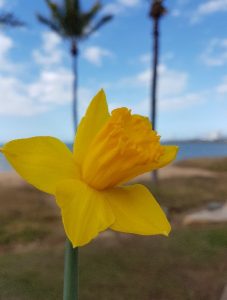
telling me your story
dropping little reminders –
like the beautiful daffodils
that bloomed so delightfully
this Spring
and the homeless man I encountered
on my walk this morning.
You have made sure
that I won’t leave your story
to rot
in my ideas folder
or notepad.
You have whispered
plot points
at random times –
some of them most inopportune.
And I have listened
and set aside this time
to get your story into shape.
But why
oh why
oh why
did you not ever tell me
that you must speak in rhyme?
Yours in bemusement
Sally
It didn’t surprise me that Herbert decided he must write back.
Dear Sally
I have a story
that much is true
which I’ve whispered and muttered
and shouted to you.
You’ve taken your time
to pay me good heed –
the years have gone by
since I planted the seed.
I’ve waited, impatient,
for my day to come
and meantime it seems
I have mastered the drum
of rhythm and rhyme
and all it can do
so pick up the pace
and carry it through.
You’ll see that my story
will work out this way
with your free verse sincerity
and my sense of play.
Love, Herbert
Somehow, I think Herbert is right. The little pockets of rhyme are very fun to create and, hopefully, will give a sense of play in the midst of more serious moments. Time will tell.
I’m getting back to work now, but not before I head over to see what my fellow Poetry Fridayers are doing today. The roundup is hosted by Matt. And, if you’d like to keep up with what I’m doing in Adelaide, I’m posting daily glimpses on Instagram .
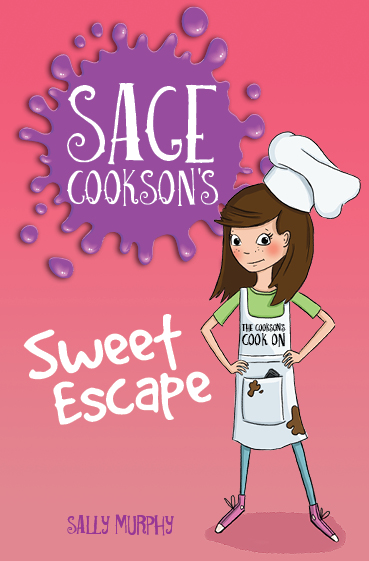 I’ve written over 40 books (actually, hundreds if you count the ones I’ve written that haven’t been published) and the writing of each one has been different. But
I’ve written over 40 books (actually, hundreds if you count the ones I’ve written that haven’t been published) and the writing of each one has been different. But 